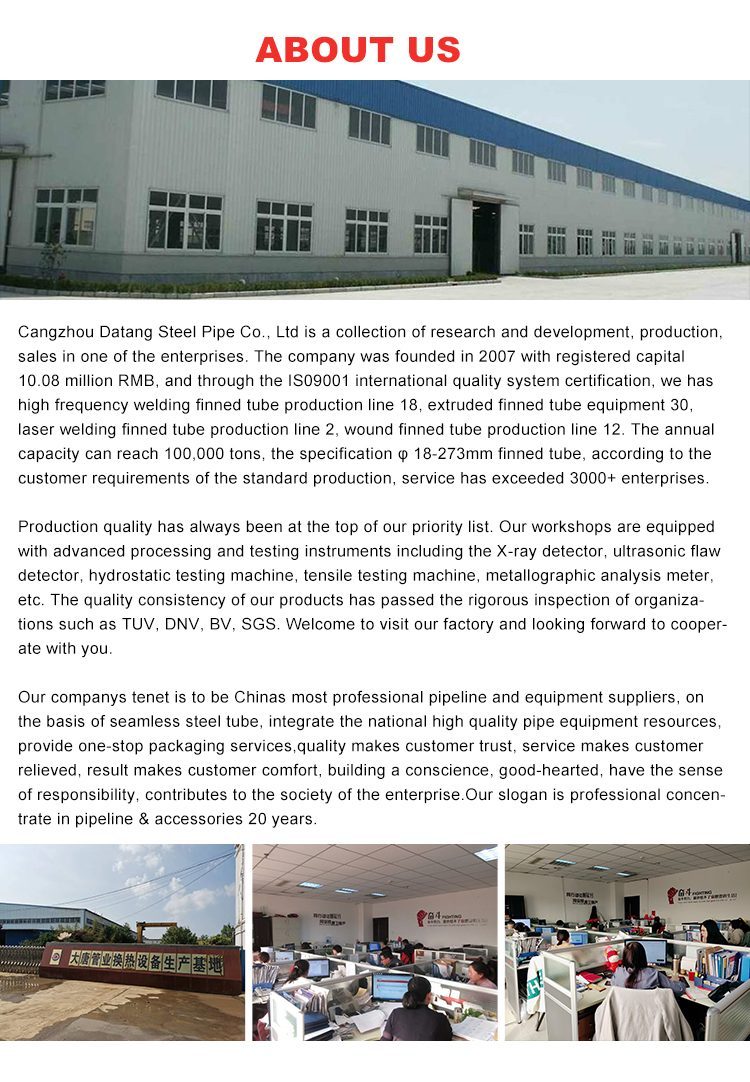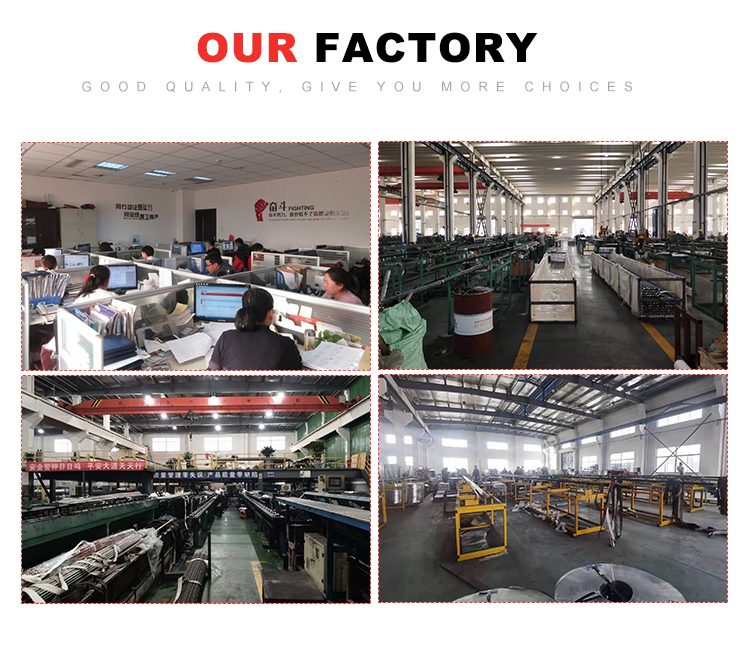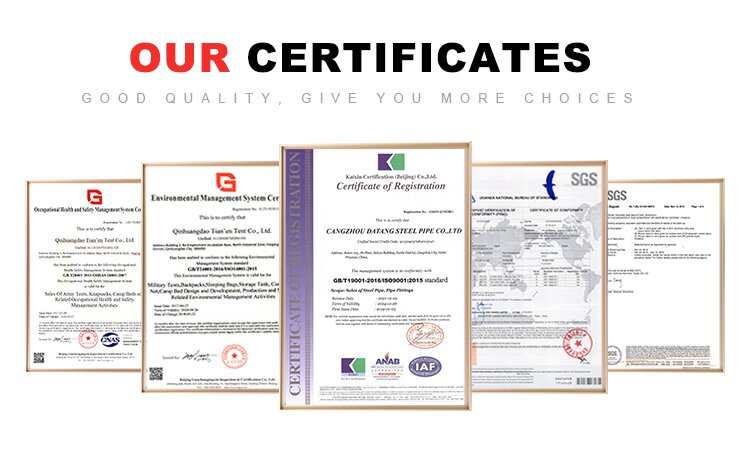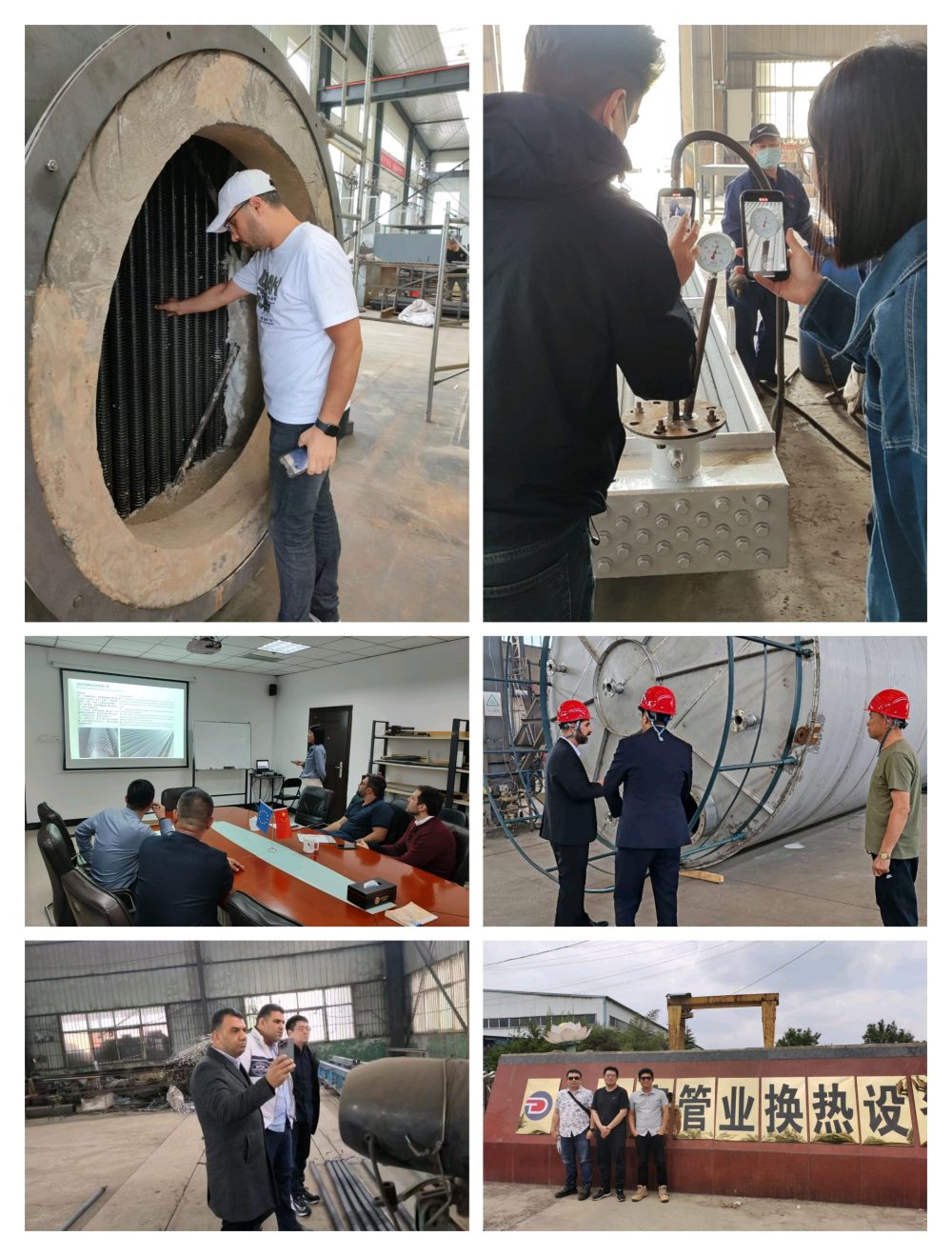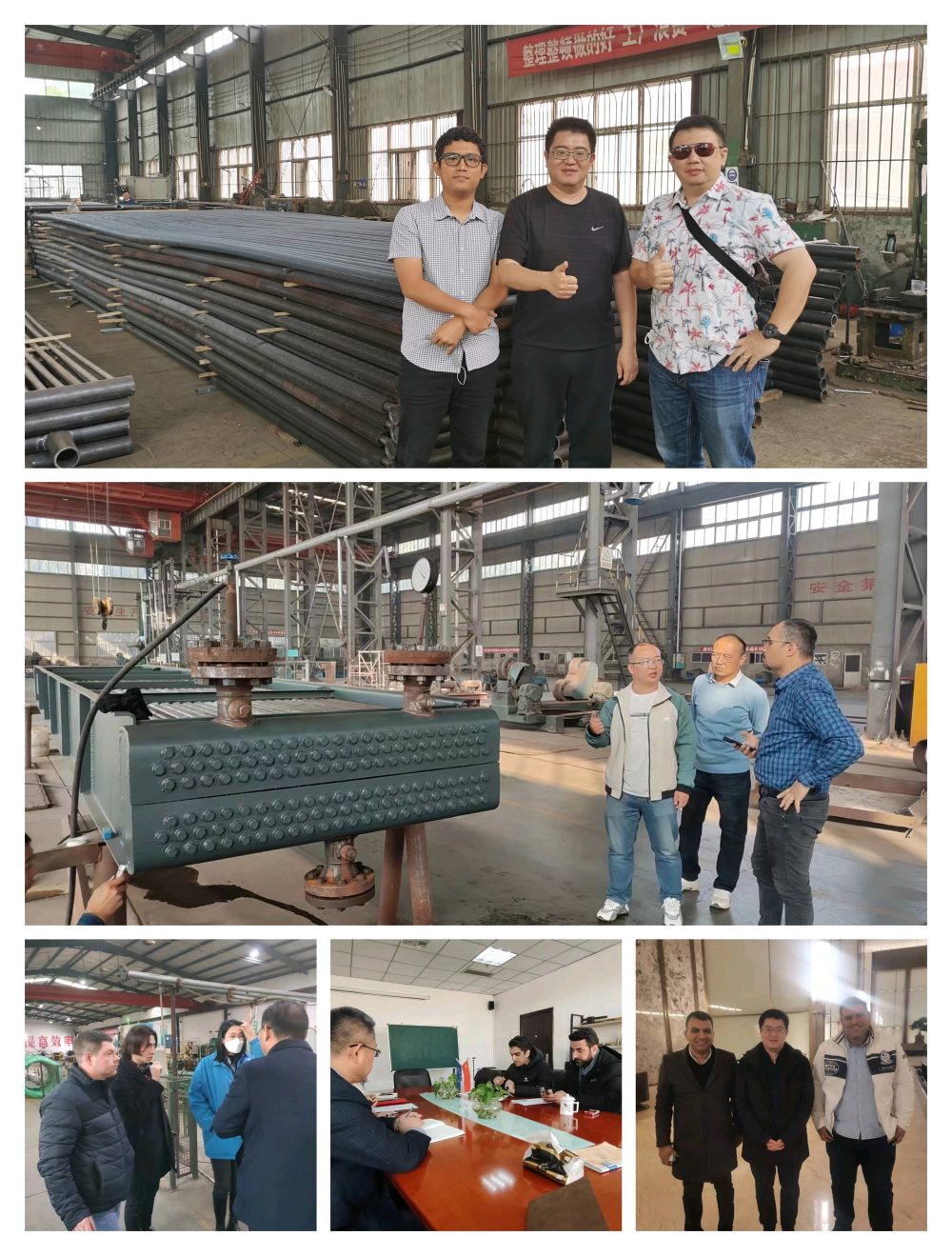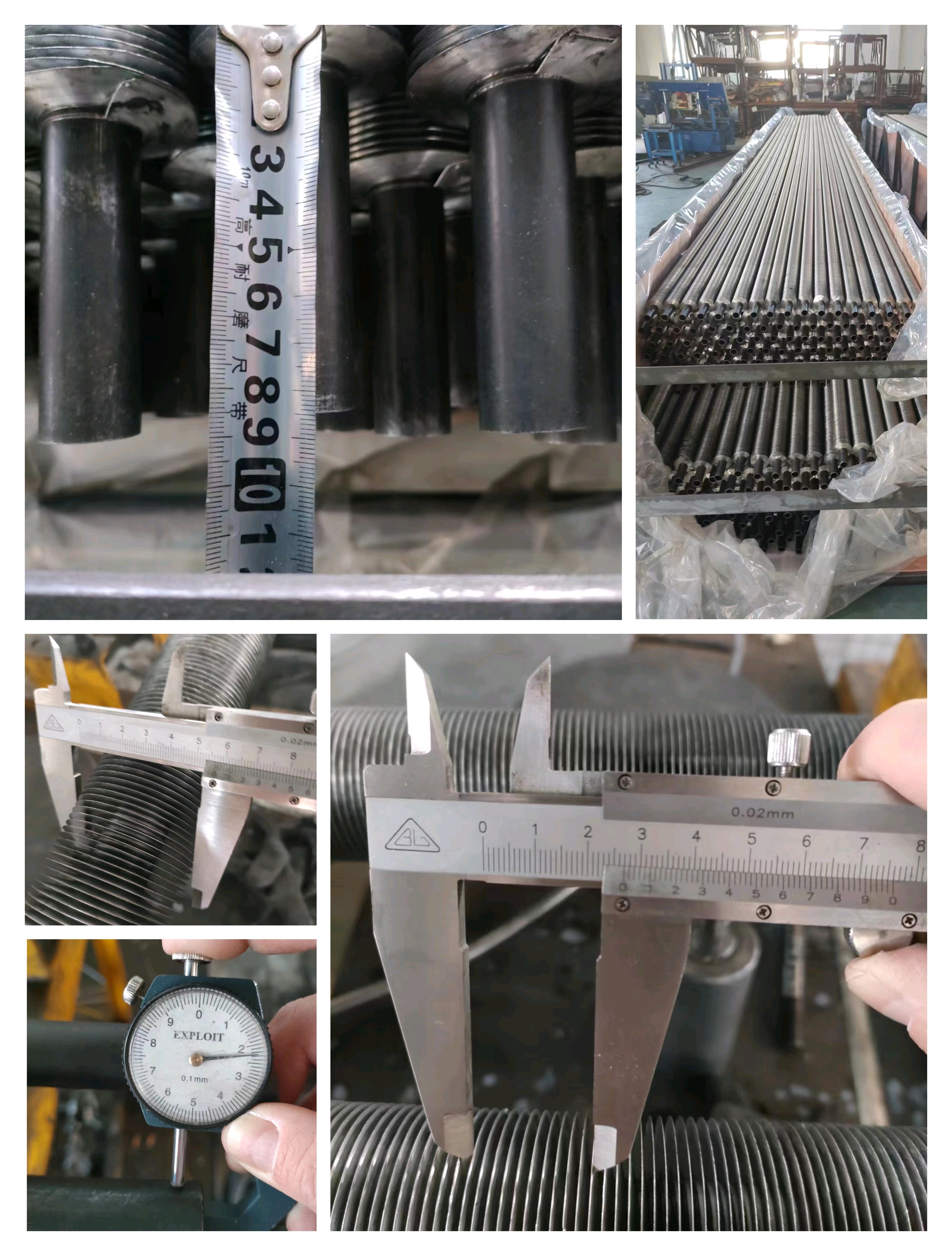Carbon Steel Tube Tubular Type Boiler Air Preheater
- Leave Your Message
What is an air preheater?
An air preheater is a device used to improve the heat exchange performance of the boiler and reduce energy consumption.
An air preheater is a preheating device that improves the heat exchange performance of the boiler and reduces heat loss. The function of the air preheater is to transfer the heat carried by the flue gas discharged from the flue at the tail end of the boiler to the air before entering the boiler through the heat sink, and preheat the air to a certain temperature.
Classification of air preheaters:
Air preheaters are mostly used in coal-fired power station boilers. It can be divided into two types: tube box type and rotary type. The rotary type is further divided into wind hood rotary type and heating surface rotary type. Power station boilers often use heating surface rotary preheaters. The application in boilers is generally two-compartment, three-compartment, and four-compartment types, among which the four-compartment type is more commonly used in circulating fluidized bed boilers.
Tubular air preheater
The main heat transfer component of the tubular air preheater is a thin-walled steel pipe. Tubular air preheaters are mostly cubic, with steel pipes arranged vertically and staggered with each other, and the two ends are welded to the upper and lower tube sheets. The tubular air preheater is equipped with an intermediate tube sheet in the tube box. The flue gas passes through the preheater up and down along the steel pipe, and the air passes through the preheater horizontally to complete the heat conduction.
The advantages of the tubular air preheater are good sealing, high heat transfer efficiency, and easy manufacturing and processing. Therefore, it is mostly used in power station boilers and industrial boilers. The disadvantages of the tubular air preheater are large size, easy ash blockage in the steel pipe, difficult to clean, and easy wear at the flue gas inlet.
|
Product name
|
Enamel air preheater
|
|
Material
|
carbon steel, stainless steel
|
|
Material standard
|
ASTM,ASME, EN or GB etc.
|
|
Dimension
|
Customization
|
|
Type
|
Vertical,horizontal
|
|
Tubes
|
Enameled seam or seamless tubes
|
|
Tube OD
|
Customized
|
|
Enamel thickness
|
0.34+/-0.06mm
|
|
Size
|
Customzied design
|
|
Applications
|
power plants, industrial manufacturers, commercial buildings, maritime industry, and waste-to-energy plants
|
|
Process
|
Raw materials inspection ➡️Cutting and shaping the materials ➡️ Assembling the components ➡️ Performing welding and surface
treatment ➡️Implementing quality control checks ➡️ Painting and final assembly ➡️ Packaging and shipping. |
Working principle of air preheater
Take the rotary air preheater as an example to explain the principle of air preheater. It will rotate slowly during operation. The flue gas will enter the flue gas side of the air preheater and then be discharged. The heat carried by the flue gas will be absorbed by the heat sink in the air preheater. After that, the air preheater rotates slowly, and the heat sink moves to the air side, and then transfers the heat to the air before entering the boiler.
The application of air preheater in boilers is mostly three-compartment type, with fire alarm system, gap adjustment system and frequency conversion control system. The air preheater is easy to use, simple to operate, safe to operate, and can improve the heat exchange performance of the boiler system. Therefore, it is widely used in flue gas boiler systems.
Common problems of air preheater
The air preheater is a device used to conduct the heat energy of the flue gas discharged from the boiler system. The application of air preheater can improve the heat exchange performance of the boiler system, so it is widely used in boiler systems. There will be some faults and problems in the operation of the air preheater. The following are some common ones.
1. Vibration problem of air preheater
The air preheater is prone to vibration during operation. The root cause of this problem lies mainly in the design of the air preheater. When designing the air preheater, the vibration problem during operation should be considered. To avoid vibration of the air preheater, it is necessary to reasonably select the air flow speed or install anti-vibration baffles along the direction of air flow.
2. Ash blocking problem of air preheater
Another common problem of air preheater is ash blocking. When working, the air preheater will be exposed to the flue gas discharged by the boiler and the granular dust carried therein. The accumulation of dust for a long time will form ash blocking. At the same time, the air preheater may be corroded by the sulfur dioxide gas carried in the flue gas discharged by the basic boiler, and the corroded substances will also form ash blocking of the air preheater.
The method to prevent ash blocking of the air preheater is to install a heater at the air inlet or use hot air recirculation, and use low-oxygen combustion and additives to reduce the generation of sulfur dioxide gas in the flue gas. In addition, regular ash blowing of the air preheater also plays a great role in keeping the air preheater clean.
3. Other problems of air preheater
Other common problems of air preheater include noise and air leakage. The anti-vibration baffle installed when the air preheater is used to deal with vibration problems is also very effective in reducing and eliminating the noise problem of the air preheater. As for the air leakage problem of the air preheater, it is necessary to improve the sealing of the air preheater from multiple aspects such as design and operation.
